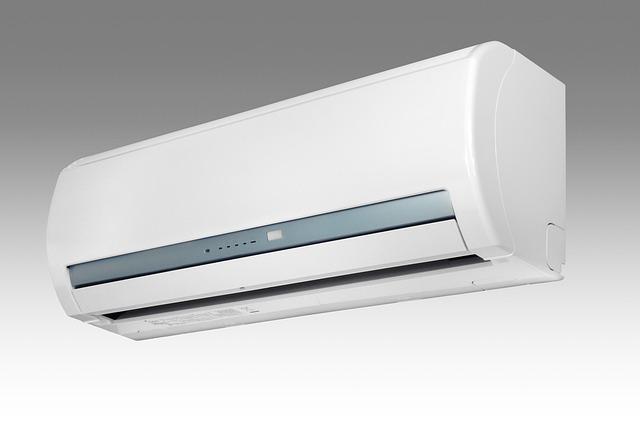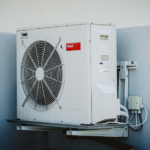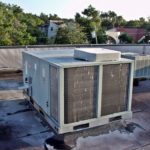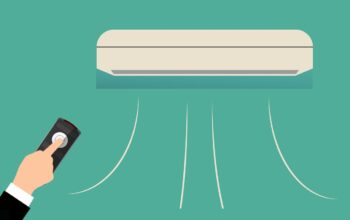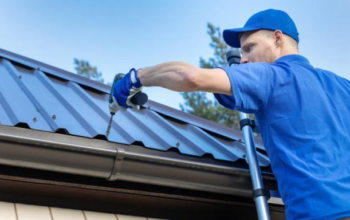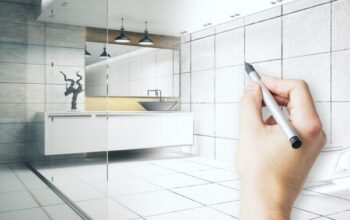Knowing how to set air conditioner thermostat units helps to keep your home comfortable. Besides, getting the proper settings for your air conditioner regulates your home’s temperatures and saves on electricity.
Setting up an air conditioner is straightforward, whether it is programmable or not. Start by knowing the current house temperatures and those you want. You can tap the heating or cooling switch to run the air conditioner and achieve your temperature. Ensure you leave your thermostat on the “auto” mode for energy efficiency.
While setting an air conditioner thermostat is easy, it might be hard at first. Read the manufacturer’s manual and research anything you are unsure about. You can even consult an expert that specializes in HVAC systems by clicking here.
How to Set Your Air Conditioner Thermostat Unit with Ease
Once you buy a thermostat, you should know the best setting to save energy while maintaining the home’s correct temperatures. However, the settings also depend on the season. You can set it at “auto” or “on.” Some important things to know when setting a thermostat are;
1. Temperature
Winters are cold, so you must keep the rooms warm for comfort. Most homeowners set their thermostats at 68 degrees Fahrenheit this season, which is a comfortable and cost-effective temperature.
However, you can save more energy at night by lowering the thermostat to 6 or 10 degrees. In this setting, there will be less energy usage. Alternatively, you can set the thermostat to 10-15 degrees for 8 hours. This saves you a bigger percentage of energy.
During summer, the rooms are hot and require cooling. Set the thermostat to 78 degrees when you are at home. You can reduce the setting during the day when you are away. Also, try using other cooling methods like ceiling and portable fans at night to reduce energy usage.
These temperature settings are different if you have many people in the house or if there is a party. In such cases, you can set the thermostat to the maximum for better comfort.
Although homeowners prefer reducing thermostat temperatures during winter, ensure it doesn’t go below 55 degrees because the cold weather could cause the freezing of pipes in the house.
2. Setting the Thermostat
Thermostats have two setting options; the “auto” or “on.” Homeowners who want to save on costs leave their devices on the “auto” setting. In this mode, your thermostat will only run when the cooling or heating function is running and shut off once the set temperature point is reached.
You can barely save energy using the “on” mode of your thermostat because it doesn’t stop even when the temperatures set are reached. Therefore, the device will run extra hours in a month when you are not close to switching it off.
How to Set an Air Conditioner Thermostat in Three Steps
Now that you know the different settings and temperatures, it is time to set the thermostat. Programmable and non-programmable thermostats have similar settings. But, first, you must know the best fan, heating, and cooling options. Here are some simple steps to follow.
1. Turn On the Fan
The two fan options are “auto” and “on.” When on the “on” mode, the fan in your system circulates air around without heating or cooling it, and it stays on, running all day until you turn it off.
The “auto” mode is known as the energy-saving mode. The fan runs only when you turn on the HVAC or air conditioning system and air needs to be circulated. However, you can use the “on” mode to flush air out of the house.
2. Set the Conditioner
The setting buttons are different depending on the type of thermostat. For example, some thermostats have a switch on the face, while other models have a cycle button. You tune this button to change between heating, cooling, and off options.
The system will start cooling your home when you move the switch or tune the cycle button until the “cool” setting. The current temperature shows on the thermostat display, and you can use the up and down button to increase or decrease it.
Once you set the temperature you need, the system will click as it starts the air conditioner to lower the temperatures. Once the home reaches the set temperature, the system turns off and only turns on again when the temperatures are warmer than the set ones.
3. Set the Heat
Setting the thermostat to heat the home follows the same procedure as cooling. If you pre-set the temperatures, the system will only re-run when the home’s temperatures are colder than what you set.
Thermostats for homeowners in areas that get too cold have an Emergency Heat button. The button engages a different heating unit if your heating system collapses or freezes during winter. However, you should always use the standard heat setting unless there is an emergency.
Setting Programmable and Smart Thermostats
Programmable thermostats allow you to customize settings for weekdays and weekends. You can also set the temperatures you want at night and during the day, and when the house is empty.
The programmable thermostats also have a hold button that lets you interrupt the already set temperatures if your schedule changes. For example, if you work from home on an unexpected day, press the hold button to lock the current temperatures. You can then press the run button to return the programmed schedule.
Smart thermostats allow you to set the temperatures and program them from your device. You can reduce the temperatures from the comfort of your office if you are expecting a visitor and are not at home.
Where to Install the Thermostat
Your thermostat placement in the house also matters. For correct and accurate readings of your house temperatures, ensure your thermostat is installed on an interior wall away from direct sunlight.
Avoid installing your device on the doorway, skylights, and near windows. Ensure you also avoid hiding them with furniture and artwork.
Final Words
Knowing how to set air conditioner thermostat units helps the homeowner keep the rooms comfortable and save on electricity.
The device is straightforward to set — simply ensure you keep it in the “auto” mode for energy efficiency.
Related Posts

